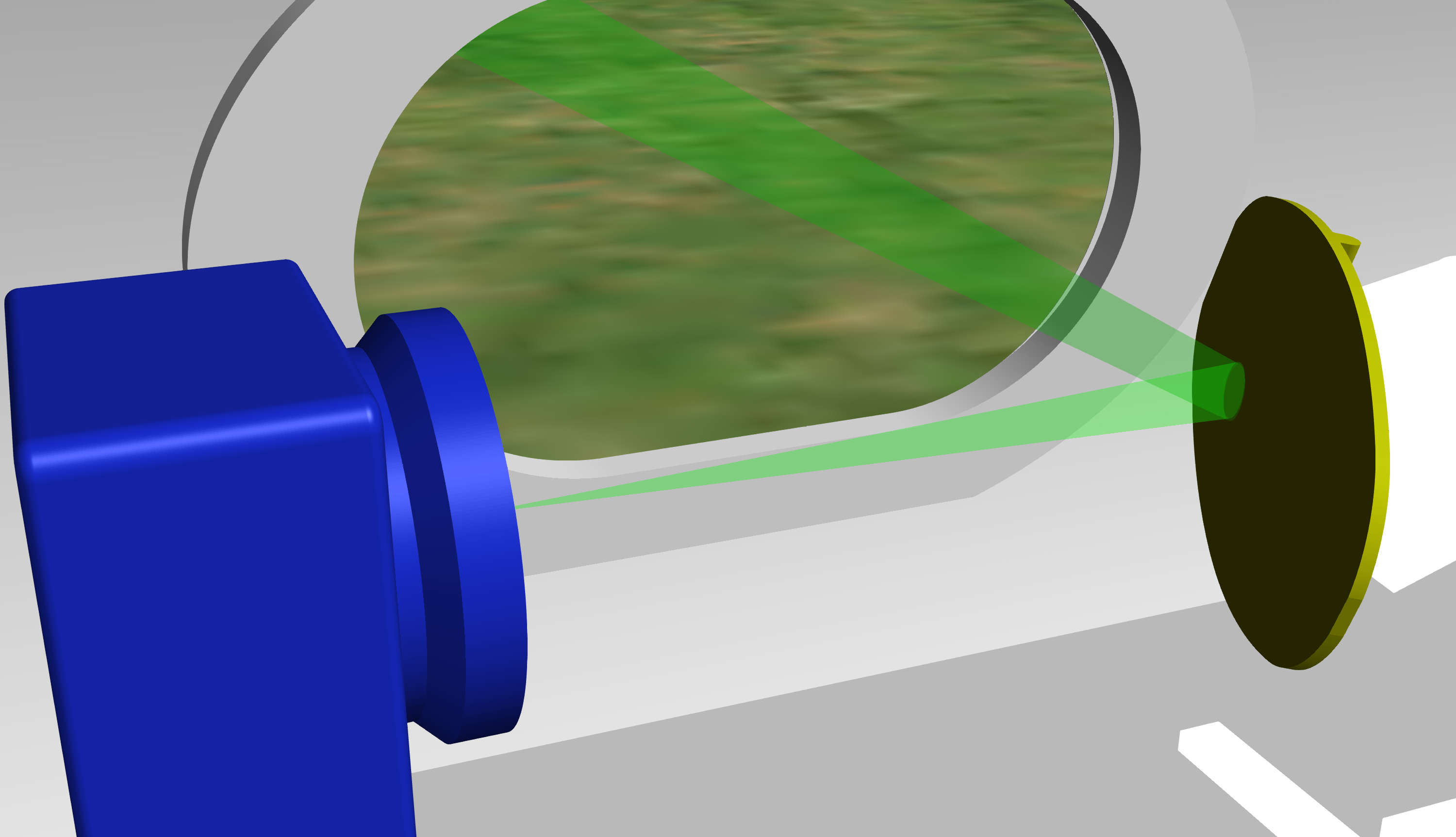Need time to reflect? Use sensors and mirrors in STK
- Apr 2, 2018
- Tech Tip
- Multidomain
-
 Analysis Workbench
Analysis Workbench
Mirror mirror on the wall, what’s the greatest software of all?
By utilizing the reflection vector type in STK, a sensor hitting a mirror face that is reflected can be simulated. This can be assisted by using MATLAB scripts to help animate this through time. This way, you can model some sensors that need to reflect off of certain surfaces in your STK analysis. You can use a basic reflection vector if you have a very basic mirror face.

It doesn’t have to be limited to this either! 3D models of mirrors that move can be used as well. With the use of 3D model articulations, the mirror will be able to move and have the reflection follow it. So, this means that it is completely time dynamic, and still gives an accurate representation of a reflective surface.
This is a neat application of the reflection vector, but how to do we put that together with a sensor to actually model a reflected sensor? The real trick is that it is actually two sensors being used in unison with one another to simulate the reflective effect. Essentially, the reflect vector is what is driving the entire effect.
There are three scripts, one that generates articulation files if your mirror is moving, one that updates the clock angle if you’re using something like a rectangular sensor, and a final one to generate the origin of the reflected sensor.
We have a Sensor Reflection and Mirrors FAQ that goes through all the steps and provides the scripts in MATLAB to actually get our mirrors to work and follow the mirror movements properly! This is for use with a sensor attached to an aircraft but can be adapted to be used for any mission or situation.

